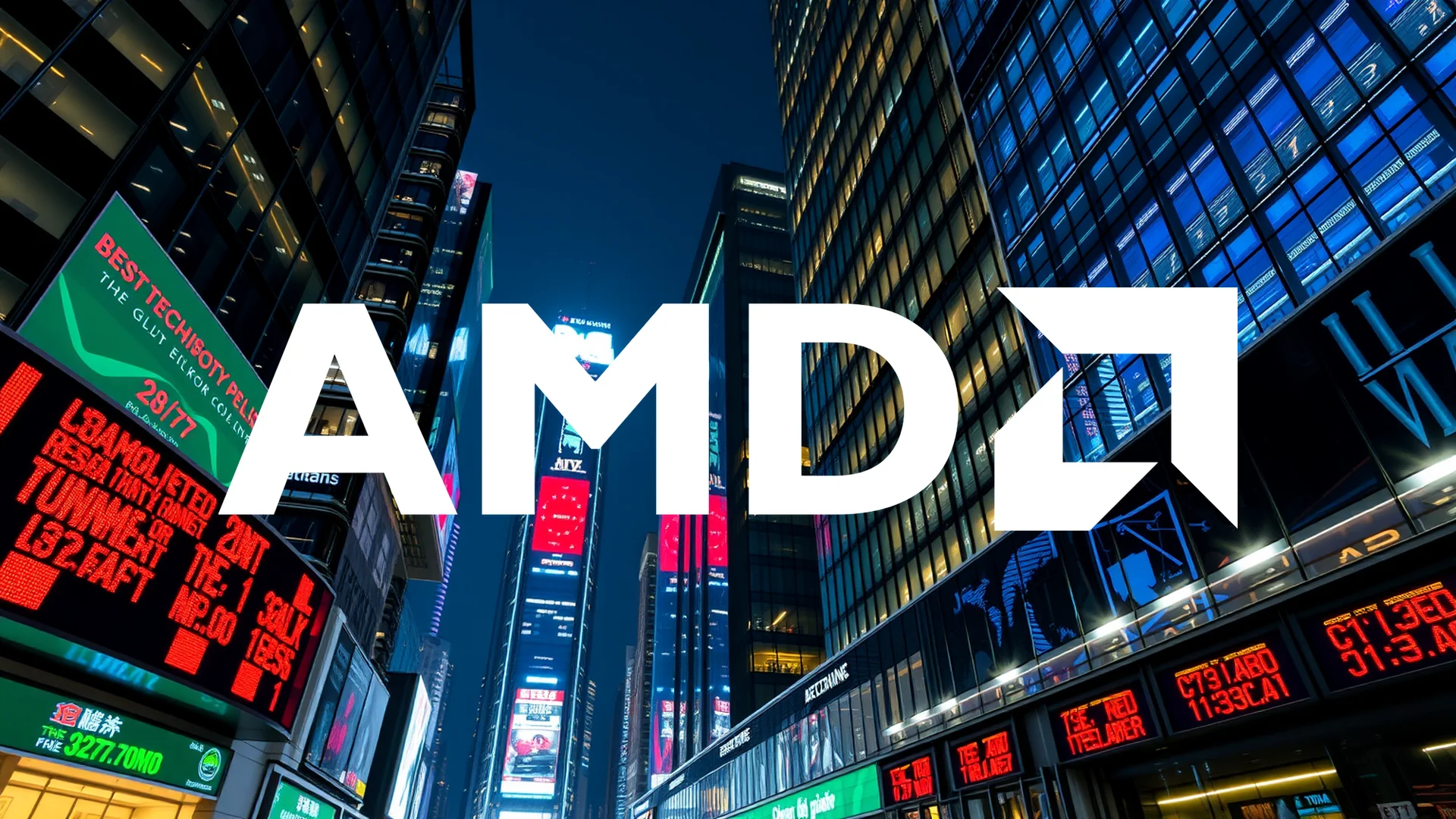Advanced Micro Devices (AMD) finds itself navigating a complex pricing dilemma that could significantly impact its market position. The semiconductor leader is reportedly preparing to implement substantial price increases for its graphics processing units (GPUs), creating potential headwinds in a market where both AI developers and PC gamers depend on affordable hardware. Investors responded immediately to the news, sending shares down 0.79% during Monday’s trading session. This development raises crucial questions about AMD’s strategic positioning and whether these pricing adjustments might undermine the company’s impressive growth trajectory.
Supply Chain Pressures Drive Pricing Strategy
The root cause of AMD’s planned price adjustments lies deep within the supply chain. Manufacturers of DRAM and NAND flash memory are struggling to keep pace with production demands, particularly as the artificial intelligence sector generates unprecedented requirements for memory components. This supply-demand imbalance has triggered dramatic cost increases throughout the memory market.
AMD now appears positioned to pass these additional expenses along to its partners. Market observers express concern that elevated GPU prices could dampen consumer demand, especially within the price-sensitive gaming segment. However, AMD’s processors remain essential components for AI data center operations—a business segment generally considered less vulnerable to price fluctuations.
Strong Annual Performance Despite Recent Setback
Despite the single-day decline, AMD shares remain among the standout performers in the semiconductor sector for 2025, having advanced more than 102% since the beginning of the year. This remarkable performance primarily stems from overwhelming demand for AMD components powering AI data centers, which generated third-quarter revenue of $9.25 billion—exceeding market expectations.
Should investors sell immediately? Or is it worth buying AMD?
The company’s growth narrative extends well beyond artificial intelligence. AMD’s client segment, encompassing desktop and laptop processors, delivered record CPU revenues that surprised analysts, while the gaming division also demonstrated solid growth. Average selling prices within the client business surged 42% year-over-year, indicating that AMD maintains significant pricing power independent of the AI boom.
Analyst Community Maintains Confidence
Financial analysts appear unfazed by the near-term stock weakness. TD Cowen analyst Joshua Buchalter reaffirmed his Outperform rating with a $290 price target, suggesting substantial upside potential. The broader Wall Street consensus maintains a “Moderate Buy” recommendation, with average price targets sitting approximately 15% above current trading levels.
AMD’s executive leadership projects confidence in their strategic direction. The company targets revenue growth exceeding 35% annually over the next three to five years. The GPU price increases may represent a calculated risk—as long as AI demand continues its explosive growth trajectory, AMD likely maintains sufficient leverage to pass along higher costs without sacrificing market share.
Ad
AMD Stock: Buy or Sell?! New AMD Analysis from November 18 delivers the answer:
The latest AMD figures speak for themselves: Urgent action needed for AMD investors. Is it worth buying or should you sell? Find out what to do now in the current free analysis from November 18.
AMD: Buy or sell? Read more here...












